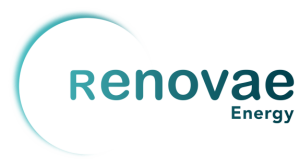Common Mistakes That Increase Your Electric Bill in 2025
5 Mistakes That Increase Your Electric Bill
Is your electricity bill higher than expected every month? At RenovaEnergy, we’ve identified five common energy consumption mistakes that often go unnoticed but directly impact your bottom line. The good news: they’re easy to fix.
1. Using appliances during peak hours
If you’re on a time-of-use rate like 2.0TD, running your washer, oven, or electric water heater during peak hours (10:00–14:00 and 18:00–22:00) can raise your bill by up to 30%. Shift usage to off-peak hours (night or early morning) to cut costs.
2. Leaving devices on standby
TVs, computers, routers, coffee makers… they all use energy even when “off”. Phantom load can account for 7% or more of your annual bill. Use power strips with switches to fully disconnect them when not in use.
3. Paying for more power capacity than you need
Many homes pay for contracted power they never actually use. At RenovaEnergy, we review your usage patterns to adjust your contracted power and cut fixed monthly costs without sacrificing comfort.
4. Not reviewing your tariff or contract regularly
When was the last time you checked your electricity plan? Rates change—often without warning. You could be overpaying or paying for services you don’t need. Compare options and adjust your tariff if necessary—no need to change providers.
5. Not optimizing your solar installation (if you have one)
If you already have solar panels but aren’t managing your usage well or don’t have a battery, you’re missing out on real savings. A few adjustments in your habits or the right tariff can make a big difference.
Bonus: What if you don’t have solar yet?
A well-designed solar system helps you avoid all these issues at the source: lower your grid usage, reduce fixed charges, and produce your own energy when it matters most.
How RenovaEnergy can help you fix these mistakes
We offer personalized energy audits to identify where you can improve—without changing providers or committing to a system right away. Just real savings with real data.
Want to lower your electric bill? Contact us for a free analysis of your energy use and tariff. No pressure—just expert advice.


